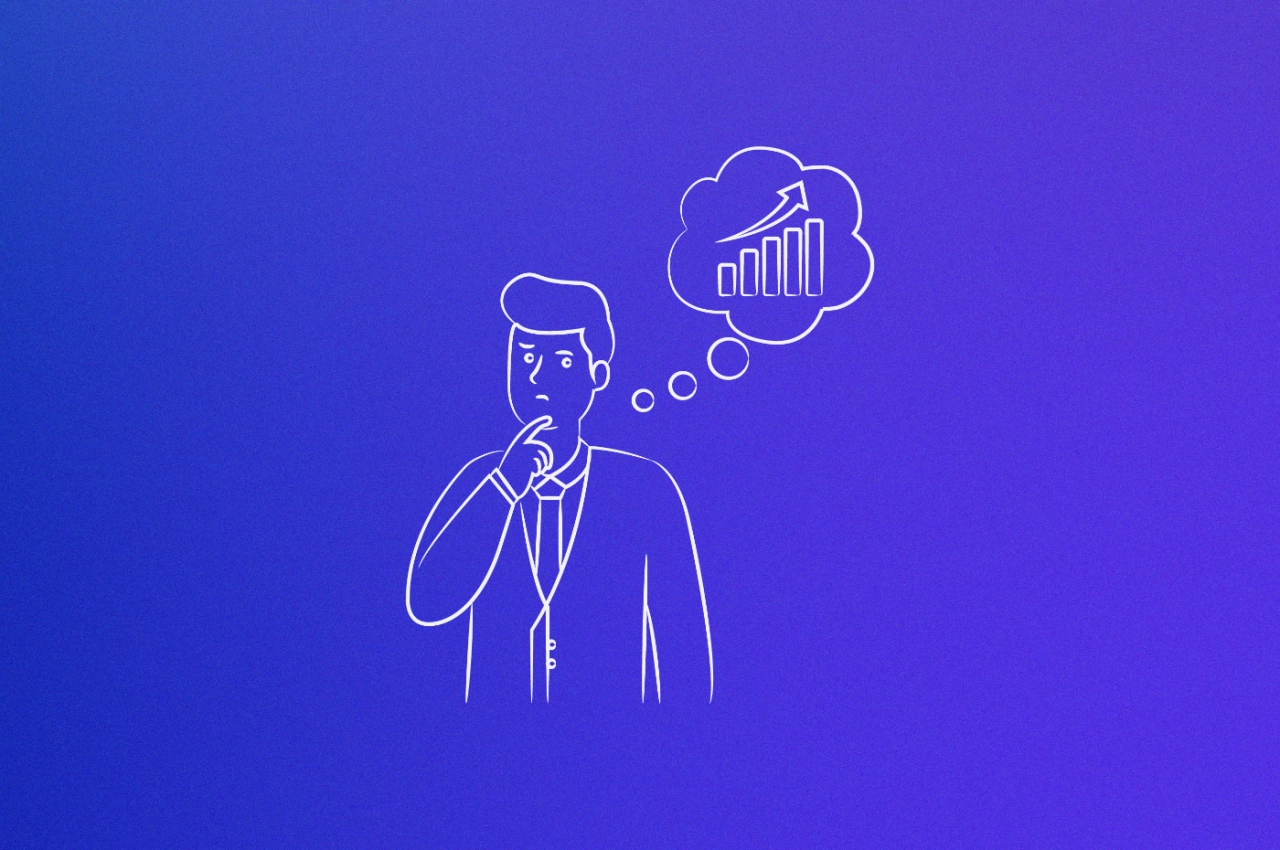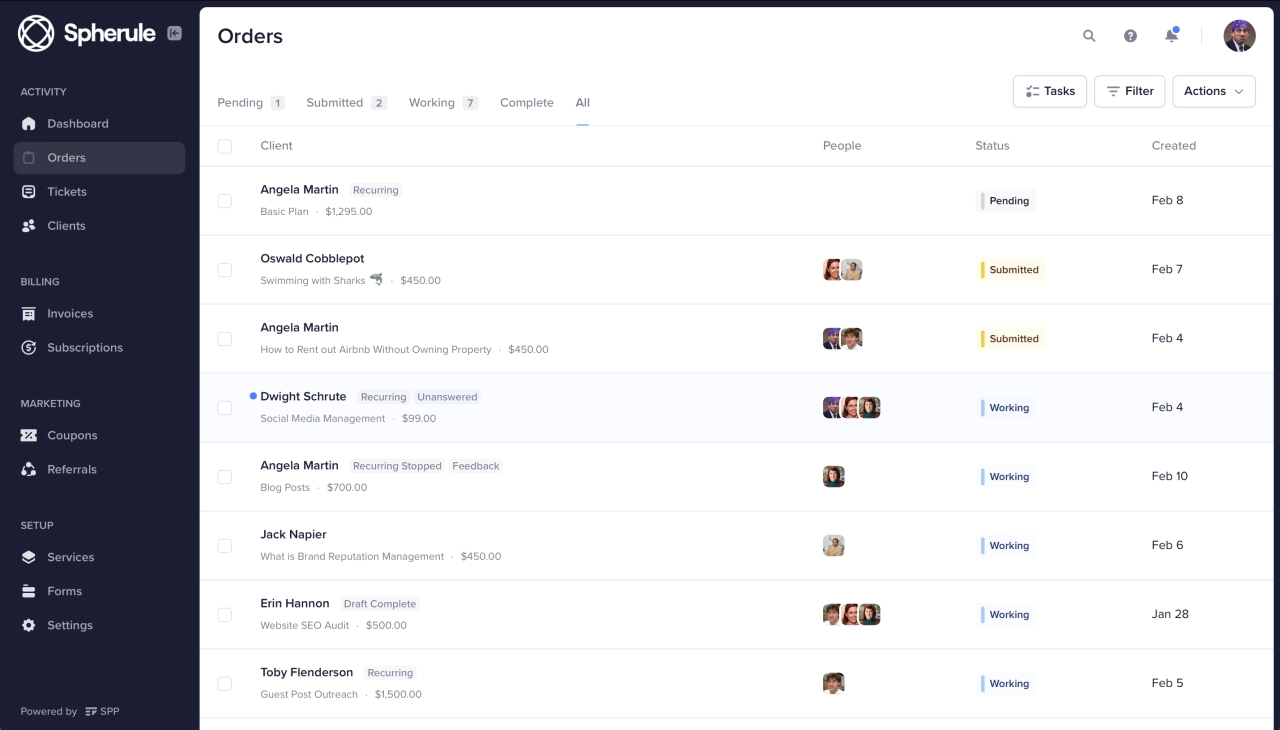Contrary to the belief that B2B companies neglect customer service, an Accenture report shows 95% of B2B customers receive dedicated support, compared to 46% of B2C customers.
B2B companies prioritize support to enhance customer lifetime value and maximize their investment, given the significant resources spent on acquiring customers.
At SPP, we prioritize customer support and other valued B2B services. Let’s explore who these customers are, their preferences, and how they differ from B2C customers.
What is a B2B customer?
B2B customers refer to businesses that purchase goods or services from another business for resale, use in their operations, or as inputs into their own products. These individuals typically have a larger budget than individual consumers and may involve multiple decision-makers and stakeholders. B2B customers often prioritize factors such as quality, reliability, customer support, and competitive pricing when making purchasing decisions.
B2B customer behavior
B2B customer behavior is influenced by distinct factors that set it apart from B2C markets. In B2B scenarios, decision-making processes are typically more intricate, involving multiple stakeholders with varying levels of expertise and interests. This complexity can result in a longer sales cycle, necessitating vendors to devise targeted strategies to engage key decision-makers at each stage of the buying process.
Several factors influence purchasing decisions in B2B environments:
company size and type
industry and market trends
geographic location
business goals and objectives
Individuals often do not make purchasing decisions alone. In many instances, multiple stakeholders are involved in the decision-making process.
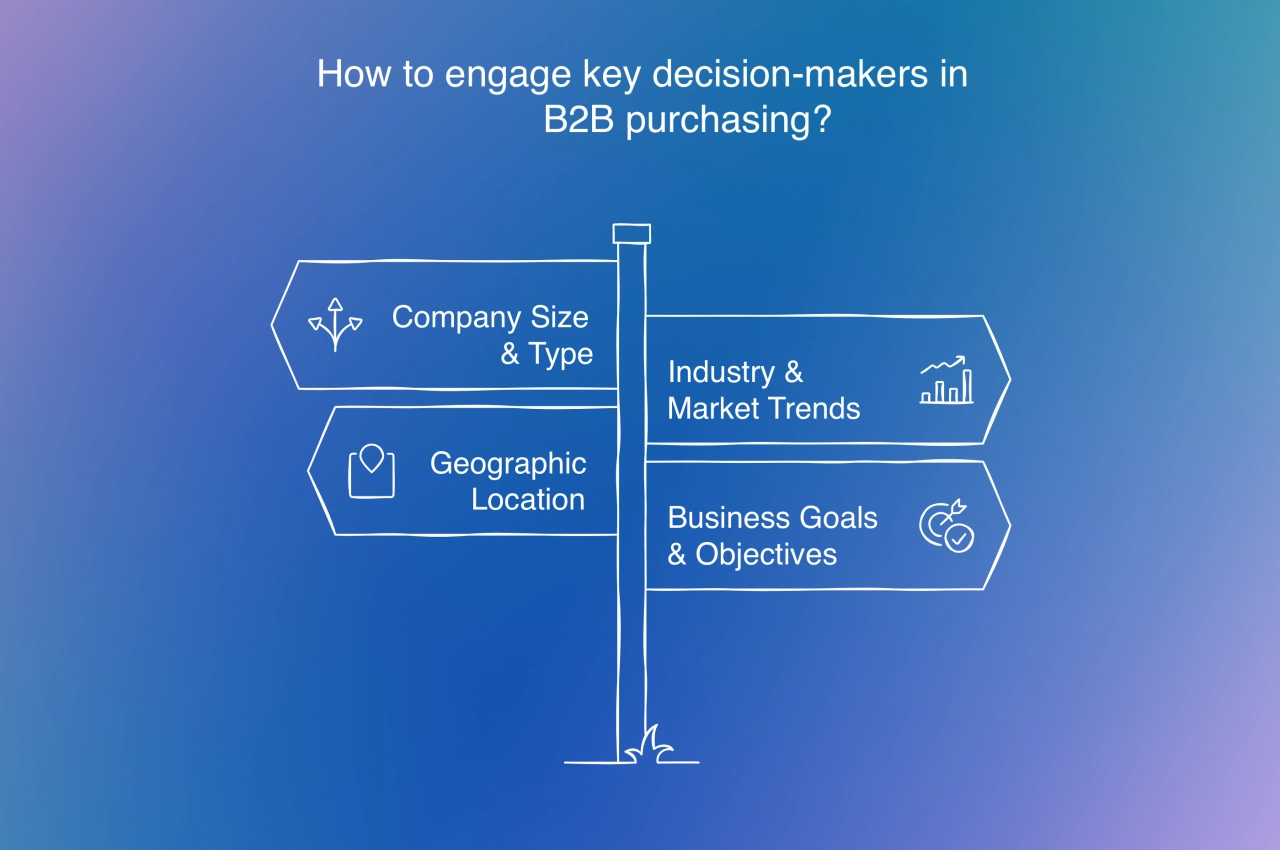
The impact of generational changes on B2B buying behaviors is significant. Different generations have unique preferences regarding communication channels, content formats, and purchasing experiences.
Traditionalists: Value trustworthiness, stability, and reliability; they prefer face-to-face interactions and print materials.
Baby Boomers: Prioritize quality products, services, and customer support; they often favor in-person conversations over digital communication.
Gen X: Focus on convenience, flexibility, and personalized experiences; they are more inclined to use online channels for research and purchasing decisions.
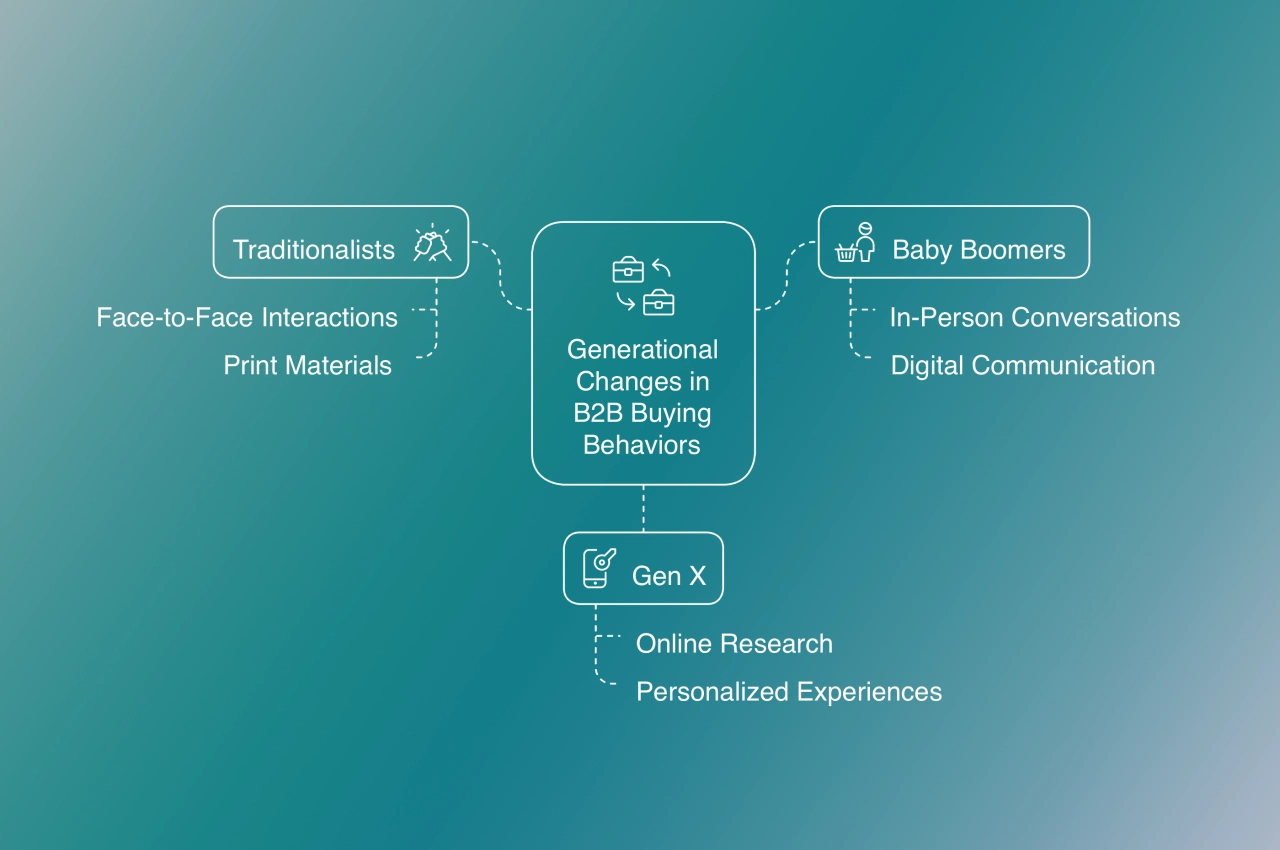
With the evolving expectations of B2B buyers, you’ll have to adapt your business strategy.
Put an emphasis on customer experience:
Personalization, ease-of-use, and seamless interactions.
Vendors can leverage technology to deliver tailored experiences that meet individual needs.
Make use of digital channels:
Digital communication platforms for research, engagement, and purchasing.
Social media becomes a key channel for B2B marketing efforts.
The difference between a B2B and B2C customer
A business-to-business relationship is fundamentally different from a business-to-consumer one. Everything from client acquisition, the way you offer your product and services, client management and satisfying their needs has to be approached with care and patience.
The most important thing to keep in mind is that the customer journey for a B2B clients is much more complex, and often times, longer. They are usually looking for complex solutions such as client portals to solve their problems, and are often open to spend large amounts of money to reach their goal.
However, that doesn’t mean they’ll be happy with the first opportunity they come across. By now you should have realized that you need to show a lot of patience, learn how to generate B2B leads, when to follow up with them, and target their needs and wants.
Below, I’ve created a table that highlights the major differences between B2B and B2C clients.
| B2B | B2C |
|---|---|
| Large budget, high dollar amount | Small budget, lower dollar amount |
| Sales process is relationship-driven | Service/product-driven sales process |
| Multiple people involved in buying decisions | Individuales/households make purchase decisions |
| Buyers are highly rational | Impulse decisions are the norm |
| Purchases have long-term goals | Gratification is a major purchase reason |
6 things a B2B customer values
The aforementioned Accenture study End-to-Endless Customer Service brings out a few key points I want to highlight, among other things B2B customers pay attention to.
Being heard: B2B customers who feel heard are 37% more likely to make another purchase. If they provide product/service feedback, take it into account.
Being proactively served: B2B customers typically prioritize proactive communication with their partners, expecting regular updates on the status of projects and being informed about any potential issues or changes that may impact them.
Being supported: 95% of B2B customers receive some sort of dedicated support, often from their own customer success manager. This results in an increased value perception, leading to a higher likeliness to purchase a new product or service.
Being served accurately: In B2B transactions, accuracy and transparency are vital as they directly affect trust, reliability, and long-term business relationships, which are essential for maintaining high customer satisfaction.
Being served individually: Customer portals are crucial for improving the B2B customer experience by offering personalized account information access, facilitating vendor communication, streamlining transactions, and providing self-service capabilities that enhance efficiency and convenience for customers.
Being serviced well: B2B customer service is crucial for establishing strong relationships with business clients and fostering long-term growth. Technology has transformed B2B customer service, with automation tools allowing businesses to handle numerous interactions at once and AI-powered chatbots offering round-the-clock support.
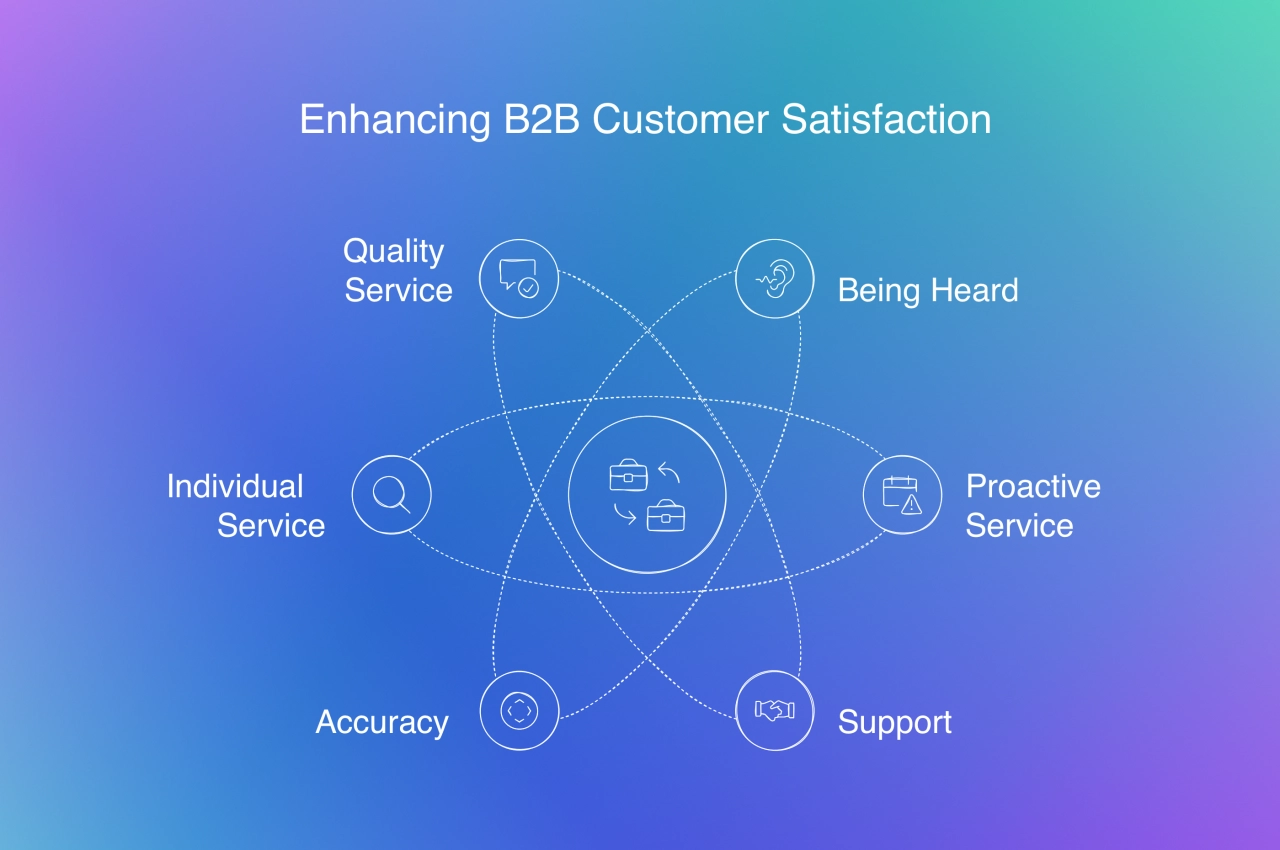
Now that you know what your B2B clients prefer, let’s look at the next step in making sure that you build solid customer relationships that last for years.
Understanding the B2B sales process
The B2B sales process involves several distinct stages that work together to facilitate a successful sale.
Prospecting: Identify potential customers, research their needs, and establish initial contact.
Qualification: Assess whether each prospect is a good fit for the product or service being offered.
Needs analysis: Gather detailed information about the customer’s current challenges and goals to determine how your solution can address those needs.
Presentation: Showcase the benefits of your offering through presentations, demonstrations, and trials.
In order to find prospects, you can make use of a variety of communication channels such as email, phone calls, or social media. You can also tap into referrals from existing customers, or partner up with partners to send leads to each other.
Why you should create a B2B customer profile
Understanding who your customers are and what they want is crucial for B2B companies looking to be successful. One way to shed light on those buying services or products from you is with a so-called customer profile.
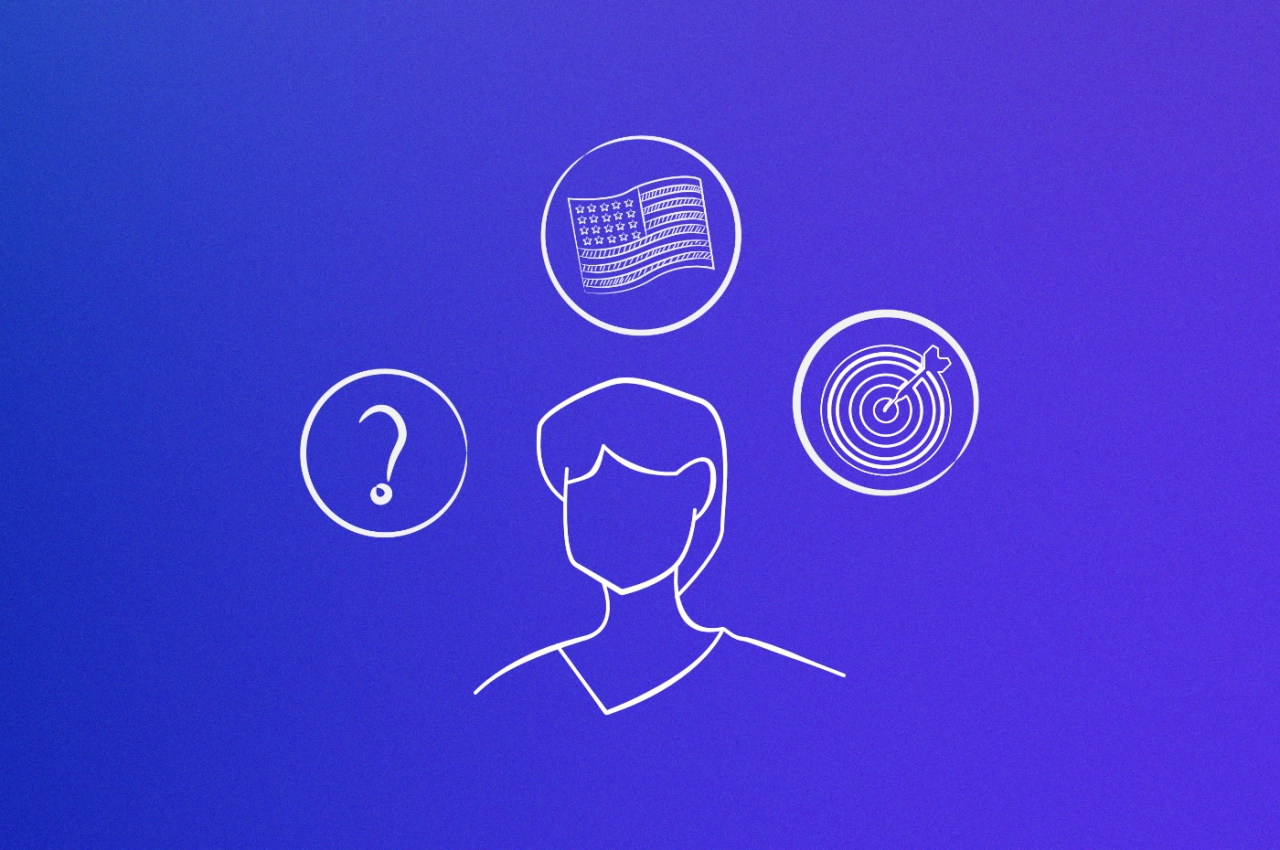
Now, you might’ve heard about buyer personas already, and are wondering: is there a difference? Some use the terms interchangeably, but a buyer persona requires a different outline.
Let’s look at a concrete example to make things easier.
B2B buyer persona example: John from North America who is a content manager. Due to his workload, he’s struggling to manage a team of freelance writers, and would like to outsource the content writing to an agency. His budget is about $5,000 per month.
B2B customer profile example: A Head of Content person for a US-based SaaS in the finance sector who has a budget of $180,000 to scale their content output this year, and expects to generate five high-quality leads per month in the future.
The B2B customer profile is usually based on data you already have (from current and past clients), while the buyer persona is created from industry data.
Benefits of customer profiles
Your marketing team will enjoy the biggest benefit if you spend some time on generating customer profiles for them. In many companies, marketing team members don’t have access to data to build them on their own, so by helping them, you:
Make lead generation easier. Your team knows who to target, and how to adjust the messaging.
Improve lead qualification. If you’ve accepted any lead in the past hoping they would be a great customer, now you can turn them down easily if they don’t fit your ideal customer profile.
Write better content. Broad topics generate a lot of traffic, but it’s not targeted, making it hard to qualify leads. From now on, you can write for your audience.
Another benefit is related to advertising. If you plan to advertise content writing services, and know your ideal customer is a SaaS in the finance sector, you’ll be able to target them with the right keywords.
Metrics to improve your B2B customer engagement
The way companies engage with their customers depends on a variety of factors, one of them is if they are a B2B or B2C customer.
If you engage with other businesses, you need to be patient, have your strategy clearly planned out, and think long-term.
To get an overview of your current B2B customer engagement, take a lot at the following metrics:
Open your website tracking software and check the time spent on each page. A short visit might indicate that there are some underlying issues, especially for long-form content.
Is your reply-rate for cold email outreach low? You might be targeting the wrong B2B customers, or the messaging could be off.
Social media is a tricky medium as most companies don’t have time to engage with your content. You should still keep an eye on your social content performance to see if your audience finds it useful.
Are your customers coming back to purchase more services or products? If not, you might be struggling with your client retention.
Check your customer lifetime value (CLV) in your B2B customer portal and check it against your acquisition costs. Are you spending more on acquiring customers than you can afford?
Check up on your metrics every month, and automate report generation, so you stay up-to-date with your customer engagement. And of course, don’t forget to save all the information in a client relationship system.
Know your B2B customers
With the information provided in this post, I hope you’ve learned more about who B2B customers are, and how you can serve them. Remember to be patient with them as their customer journey is long, and create ideal client profiles to better target your preferred buyers.
